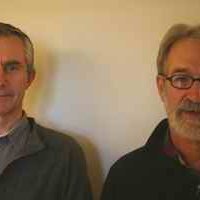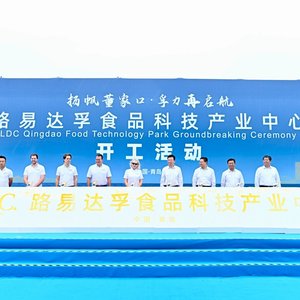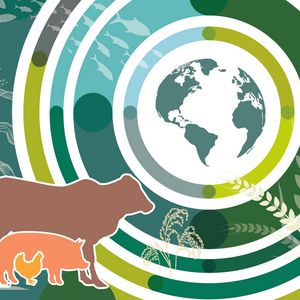Impacts of Salmon Aquaculture Top Agenda at Dialogue Meeting in Chile
The Salmon Aquaculture Dialogue met in Santiago, Chile this week to discuss new reports about two of the key impacts of salmon aquaculture production - chemical inputs and nutrient loading/carrying capacity - and the socioeconomic costs and benefits of salmon aquaculture.
Input from the meeting - attended by more than 80 producers, government officials, nongovernmental organizations and other salmon industry stakeholders - will be used to create measurable, performance-based environmental and social standards that minimize or eliminate the key impacts of salmon farming. In addition to chemical inputs and nutrient loading/carrying capacity, the other key impacts identified by Dialogue participants are feed, disease/parasites, social impacts, escapes and benthic impacts/siting.
To learn more about each impact, the Steering Committee for the WWF-initiated Dialogue created technical working groups that drafted a series of "State of Information Reports." Each report assesses existing research related to an impact, identifies gaps or areas of disagreement in the research and suggests a process for addressing the gaps.
A key finding from the nutrient loading/carrying capacity report is that improved feed management, technology and siting has led to significant reductions in visible nutrient impacts and cases of on-farm eutrophication. However, this is countered by the dramatic growth of the industry and limited understanding of impacts associated with the cumulative increase in nutrients that are more widely dispersed into the marine environment. The research also showed that water exchange is the most important driver of impacts on water quality and the plant and animal communities living in pelagic ecosystems.
The chemical inputs report addresses the current status of intentional chemical inputs, regulations and research in the salmon aquaculture industry in Norway, Scotland, Canada and Chile. Intentional inputs studied include parasiticides, antibiotics, antifoulants, anaesthetics and disinfectants. The key conclusion of this report is that the public availability of verifiable data on chemical use in salmon aquaculture is variable. This variability makes it difficult to compare data, prepare general recommendations and to comment on risks associated with chemical usage. The need for an improved level of transparency and availability of information on chemical use is highlighted by the researchers. The report also showed that the rate of application of certain chemicals is higher in some jurisdictions than others.
"It was very valuable to have the presentations from the technical groups," said Jay Ritchlin of Coastal Alliance for Aquaculture Reform and a member of the Steering Committee. "It is obvious that people are now anxious for us to produce standards and recommendations that will lead to positive change."
The Dialogue Steering Committee hopes to work with governments and stakeholders to determine a way forward to resolve the issues raised in the reports and other important issues. Both the environment and the salmon industry can benefit from reducing these impacts.
To view the full reports, go to http://wwf.worldwildlife.org/site/PageNavigator/SalmonSOIForm
Also at the meeting, the socioeconomic costs and benefits of salmon farming around the world were discussed. Issues raised include employment in rural areas, wages and on-farm working conditions, as well as the competition for space and interactions between industries in the coastal zone. The presentations and comments from salmon workers, scientists, nongovernmental agencies and others will be used by the Steering Committee to guide the development of the terms of reference for the technical working group addressing these issues.
"These three days clearly have demonstrated the importance of open dialogue, as well as sharing of scientific knowledge and examples of best practice management to reduce negative environmental impacts from salmon farming around the world," said Kjell Maroni, scientific director for aquaculture in the Norwegian Seafood Federation and a Steering Committee member.
Reports regarding escapes and benthic impacts will be reviewed at the two-day Dialogue meeting in Barcelona that will begin Jan. 31. Additional meetings will be scheduled in 2008 to review the remaining reports. The first report was published in 2005 and relates to salmon feed and the environment.
[Source: World Wildlife Fund]











